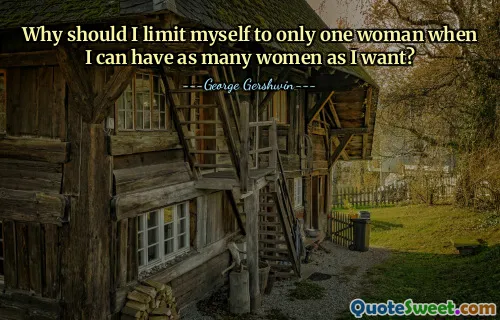I will be on the look out for you, my dear girl, he wrote. You must expect to give yourself up when you come. For this buttoned-up age, for Burnham, it was a letter that could have steamed itself open.
In Erik Larson's "The Devil in the White City," the narrative intertwines the stories of the 1893 Chicago World's Fair and the infamous serial killer H.H. Holmes. The quote reflects a sense of anticipation and devotion, as a male character expresses a willingness to commit fully to a relationship. This sentiment underscores the themes of passion and the tension between personal desires and societal expectations in an era marked by repression.
The letter, laden with emotional weight, symbolizes the forbidden nature of love and desire during the Victorian period. Burnham, a key figure in the fair's planning, navigates a world where public decorum often conflicts with private yearnings, framing the darker undertones of the fair as a backdrop to the romantic and mysterious elements at play. The juxtaposition of eagerness and constraint captures the essence of the human experience as reflected in Larson's historical account.





